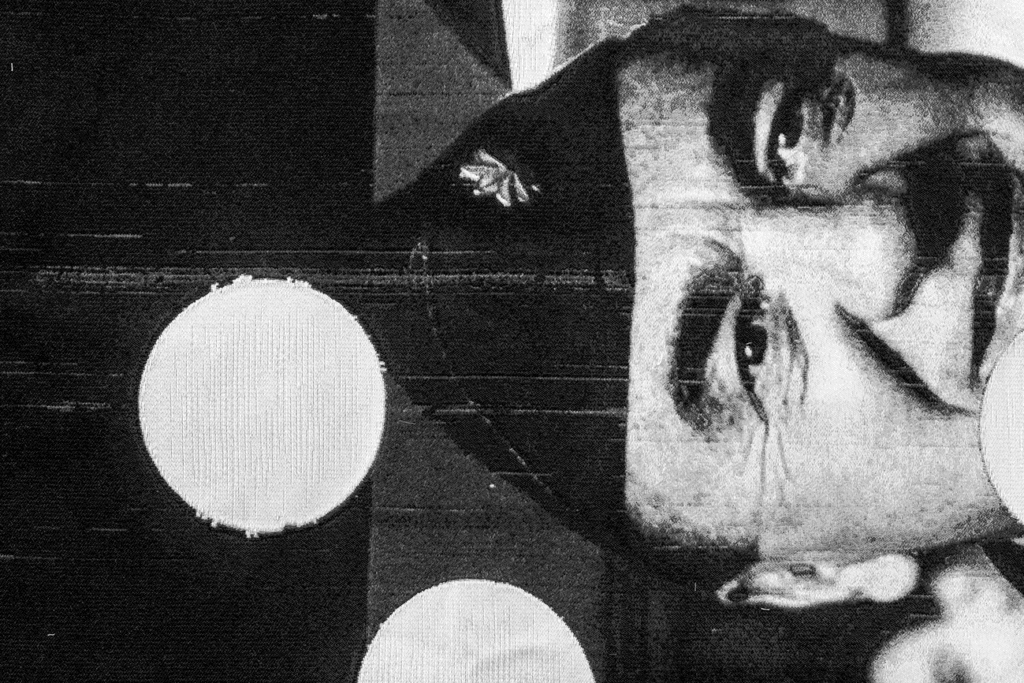Grand Opening on Wenesday 15th May,
from 6pm to 9pm
Exhibition curator: Xavier Franceschi
Since the early 1990s, the work of British artist Simon Starling has reexamined the history of objects―their forms, value, manufacturing processes and status. He sees this solo exhibition at Le Plateau as an opportunity to propose a journey through space and time between a series of recent works and some of his older pieces, always focusing attention on the contexts in which they were produced and shown. Starting with a situation or encounter, the artist unwinds the thread of his research on the transformation of objects, following the changes they have undergone or that he has made to them. Starling’s scrutiny of production mechanisms and their evolution over time highlights the persistence of the past in the present and sheds a singular light on the developments and changes in our society.
The artist’s departure point for the exhibition at Le Plateau was his film D1-Z1, based on the Z1―the first freely programmable computer, designed in 1936 by German engineer Konrad Zuse and programmed using punched strips of 35mm film. Starling showed D1-Z1 at his previous exhibition in the Paris region in 2009, at the MAC VAL contemporary art museum; it is representative of the themes of hybridization and collaboration underpinning all the works in the exhibition. After reconstructing the mechanism of the Z1 using virtual computer technology, he showed it on traditional 35mm film.
Since D1-Z1, Starling has continued to explore the links between nascent information technology and other technologies such as cinema, weaving and music; his exhibition at Le Plateau is structured by a recent series of tapestries reproducing Konrad Zuse’s punched strips of 35mm film. Other works featuring a similar interplay of eras and technologies include a 35mm film of Rex Lawson using rolls of perforated paper to play John Cage’s “silent” piece 4’33’’ on his pianola.
The processes at work during collaborative projects such as those with Rex Lawson or the master lacquer artist Masahiko Sakamoto are also focal points of Starling’s research, highlighting the issues of copyright and identity inherent in any joint venture.
Starling’s work on the specific context of Le Plateau―located in premises that once housed the SFP (Société Française de Production) recording
studios―inspired him to invite another artist, Hinrich Sachs, whose work in recent years has focused on the American children’s TV show Sesame Street and its international adaptations.
Drawing from the different national versions of the show―each featuring the arrival of a new character―the project explores systems of representation in popular visual culture and issues of cultural translation. Hinrich Sachs and Simon Starling worked together on 1 rue Sésame (the French version produced by the SFP) and on the character of Trepido the snail; they were assisted in this by the French actress Catherine Coste, who played Trepido’s voice in the late 1970s.
